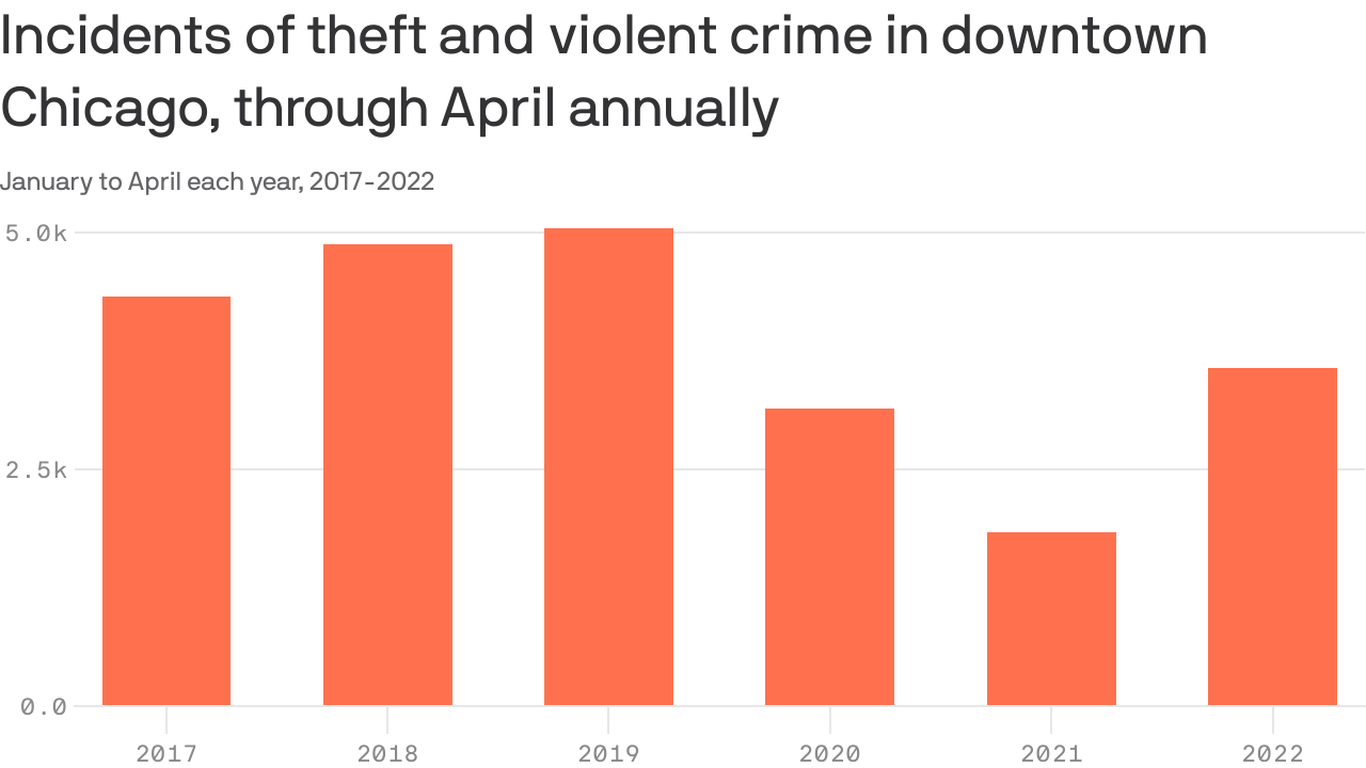New Report Highlights Dangerous Climate Whiplash In Cities

Table of Contents
Understanding Climate Whiplash in Urban Environments
Climate whiplash refers to the rapid and unpredictable transitions between different extreme weather conditions. Instead of a slow, steady change, cities experience jarring shifts. Imagine a scorching heatwave immediately followed by torrential flooding, or a prolonged drought suddenly interrupted by a destructive hailstorm. These are not isolated incidents; they are becoming increasingly common.
The scientific mechanisms behind this phenomenon are complex, but the underlying cause is climate change. Warmer temperatures lead to increased evaporation, intensifying both droughts and the potential for extreme rainfall. Urban heat islands, where cities experience higher temperatures than surrounding areas, exacerbate these effects. The built environment, with its impermeable surfaces, contributes to increased runoff and flash flooding during intense rainfall events following dry spells.
- Increased frequency of extreme heat events followed by periods of intense rainfall: This rapid oscillation stresses infrastructure and exposes populations to both heatstroke and flood risks.
- Disrupted water cycles leading to both drought and flooding: Cities struggle to manage water resources adequately when facing these rapid and unpredictable shifts.
- The role of urban infrastructure in exacerbating climate whiplash effects: Impermeable surfaces, lack of green spaces, and inadequate drainage systems amplify the impact of extreme weather events.
Impacts of Climate Whiplash on City Infrastructure and Services
The consequences of climate whiplash on urban areas are far-reaching. Rapid shifts in weather patterns cause significant damage to critical infrastructure and disrupt essential city services. The impacts ripple through every aspect of urban life.
- Damage to roads and bridges from flash floods and extreme temperatures: Extreme heat can cause pavement buckling, while flash floods can wash away roads and damage bridges, disrupting transportation networks.
- Power outages due to storms and heat stress on power grids: Severe storms can damage power lines, while extreme heat can overload the grid, leading to widespread blackouts.
- Strain on water resources from alternating droughts and floods: Water systems struggle to meet demand during droughts and can be overwhelmed by sudden surges during floods, leading to contamination and shortages.
- Increased risk of disease outbreaks due to unsanitary conditions: Flooding can contaminate water supplies and spread disease, particularly in areas with inadequate sanitation infrastructure.
Vulnerable Populations and Climate Whiplash
Climate whiplash disproportionately impacts vulnerable populations in cities. Low-income communities, the elderly, people with disabilities, and marginalized groups often lack the resources to cope with the rapid shifts in weather patterns.
- Heat-related illnesses and deaths in vulnerable populations: The elderly and those with pre-existing health conditions are particularly susceptible to heatstroke during heatwaves.
- Displacement due to flooding and other extreme weather events: Low-income communities living in flood-prone areas are disproportionately affected by displacement and loss of property.
- Exacerbation of existing health inequalities: Climate whiplash worsens existing health disparities, putting additional strain on already vulnerable populations and healthcare systems.
Building Climate-Resilient Cities: Mitigation and Adaptation Strategies
Addressing the challenge of climate whiplash requires a multifaceted approach that combines mitigation and adaptation strategies. Investing in resilient infrastructure, improving urban planning, and developing early warning systems are crucial steps.
- Investing in green spaces to reduce the urban heat island effect: Trees and green spaces help cool cities, mitigating the impact of heatwaves.
- Improving stormwater management infrastructure: Investing in better drainage systems, permeable pavements, and green infrastructure can reduce the risk of flash flooding.
- Developing robust early warning systems for extreme weather events: Providing timely warnings allows cities to prepare and take preventative measures, minimizing damage and loss of life.
- Implementing climate-resilient building codes: Building codes should be updated to ensure that new structures can withstand the impacts of extreme weather events.
Conclusion:
The new report paints a stark picture of the dangers of climate whiplash in our cities. The rapid and unpredictable shifts in extreme weather are causing widespread damage, disrupting essential services, and disproportionately affecting vulnerable populations. We must act now to prepare for climate whiplash. Understanding climate whiplash is the first step towards mitigating its effects and building more resilient urban environments. We need to support climate-resilient city initiatives and advocate for policies that address climate whiplash solutions. Learn more about the report and how you can contribute to building a more sustainable and climate-resilient future. [Link to Report] [Link to Relevant Organization 1] [Link to Relevant Organization 2]

Featured Posts
-
 Is Chicagos Crime Reduction Sustainable Analyzing Recent Trends
May 28, 2025
Is Chicagos Crime Reduction Sustainable Analyzing Recent Trends
May 28, 2025 -
 Kapolda Bali Irjen Daniel Memimpin Sertijab 7 Pamen Berikut Pesan Dan Arti Pentingnya
May 28, 2025
Kapolda Bali Irjen Daniel Memimpin Sertijab 7 Pamen Berikut Pesan Dan Arti Pentingnya
May 28, 2025 -
 Bournemouth Vs Ipswich Town Predicted Lineup And Injury News
May 28, 2025
Bournemouth Vs Ipswich Town Predicted Lineup And Injury News
May 28, 2025 -
 Kodam Udayana Dukung Gerakan Bali Bersih Sampah Inisiatif Dan Dampaknya
May 28, 2025
Kodam Udayana Dukung Gerakan Bali Bersih Sampah Inisiatif Dan Dampaknya
May 28, 2025 -
 Futbolun Oetesinde Cristiano Ronaldo Nun Marka Imparatorlugu
May 28, 2025
Futbolun Oetesinde Cristiano Ronaldo Nun Marka Imparatorlugu
May 28, 2025
